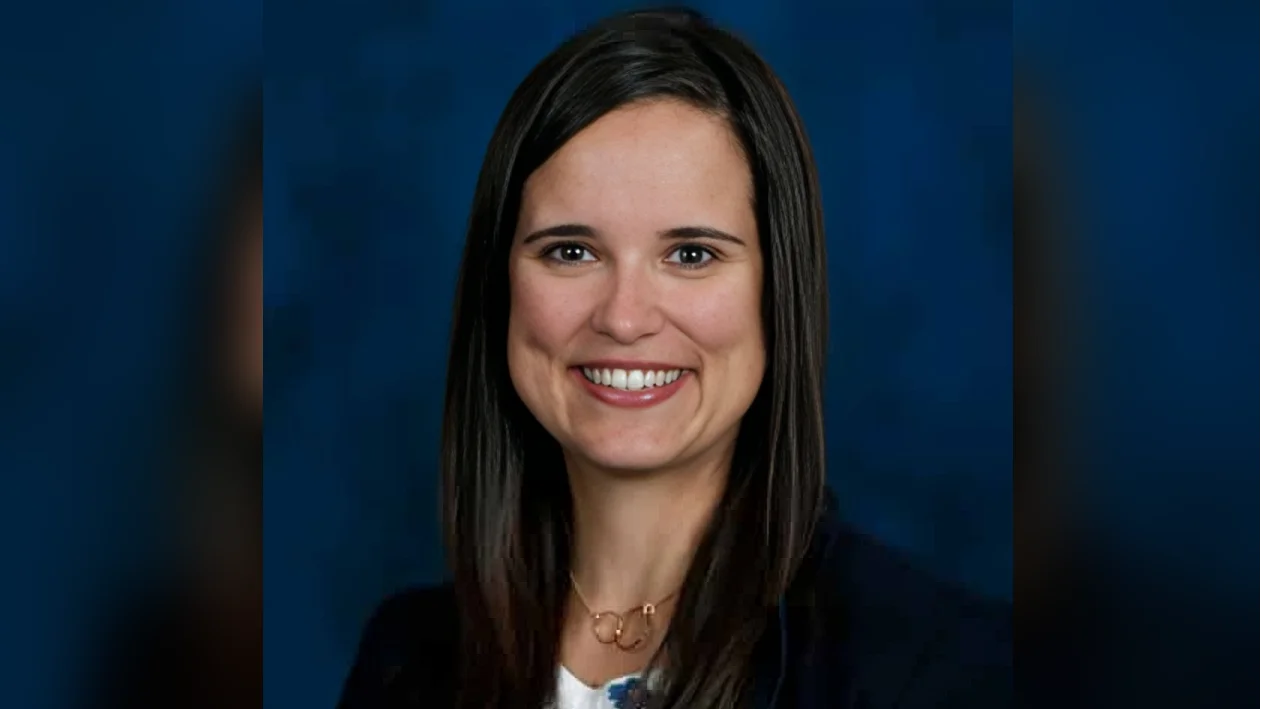The Colorado River, a vital water source for many Western cities and agricultural areas in the United States, is facing significant challenges due to climate change. A new study by researchers from the Desert Research Institute (DRI), USGS, and Lawrence Berkeley National Laboratory reveals that rising temperatures will drastically reduce streamflows in the Upper Colorado River Basin as groundwater levels decline.
Published on May 23 in Nature Water, the study applied warming scenarios to historical data from the East River in Colorado using computer simulations. The findings indicate that groundwater storage could fall to unprecedented lows after an extremely dry year and fail to recover even during subsequent wet periods. "We found that groundwater matters a lot," said Rosemary Carroll, Ph.D., DRI research professor of hydrology and lead author of the study. "Even with historically observed wet periods in the model, the groundwater can’t come back from a single dry water year under end-of-century warming."
The Colorado River has been experiencing drought conditions for decades, raising concerns about water rights across the Southwest. In 2021, despite reaching 80% of normal snowpack, only 30% of average streamflow was delivered to the river. The study sought to understand how warming in mountain basins might contribute to this issue.
Increased temperatures affect snowfall and water availability through processes like sublimation and more precipitation falling as rain instead of snow. Past research often overlooked groundwater's role in buffering or intensifying streamflow loss due to climate change. Carroll noted her interest in groundwater contributions to streamflow: "A lot of studies indicate that in the short term, groundwater release to streamflow will help buffer drought impacts, but before this study, we didn’t have any knowledge on what that would mean over the long haul."
The research focused on the East River because it represents the headwaters of the Colorado River and offers extensive weather and water monitoring infrastructure. Historical data from 1987 to 2022 was used for modeling with a projected warming scenario of four degrees Celsius by century's end.
Results showed consistent warming led to sharp declines in groundwater levels unable to recover during wet periods. Seasonal analysis highlighted warmer summers' impact on water table declines due to increased evaporation rates and plant water uptake. The most significant declines occurred in subalpine forests where conifer forests are dense.
"As the groundwater level drops, you lose more streamflow to the water table," Carroll explained. "When precipitation is low, the East River stops flowing for a portion of the summer." This situation could have severe ecological and agricultural consequences.
The study underscores managing forest and groundwater together while considering surface-groundwater exchanges in mountain basins is crucial for minimizing streamflow declines under climate change conditions. Carroll likened groundwater management to financial planning: "I think of groundwater as your savings account... Groundwater is a longer-term investment — it can smooth out really wet and dry years."
Funding for this research came from various sources including U.S. Department of Energy Office of Science and Office of Biological and Environmental Research.


